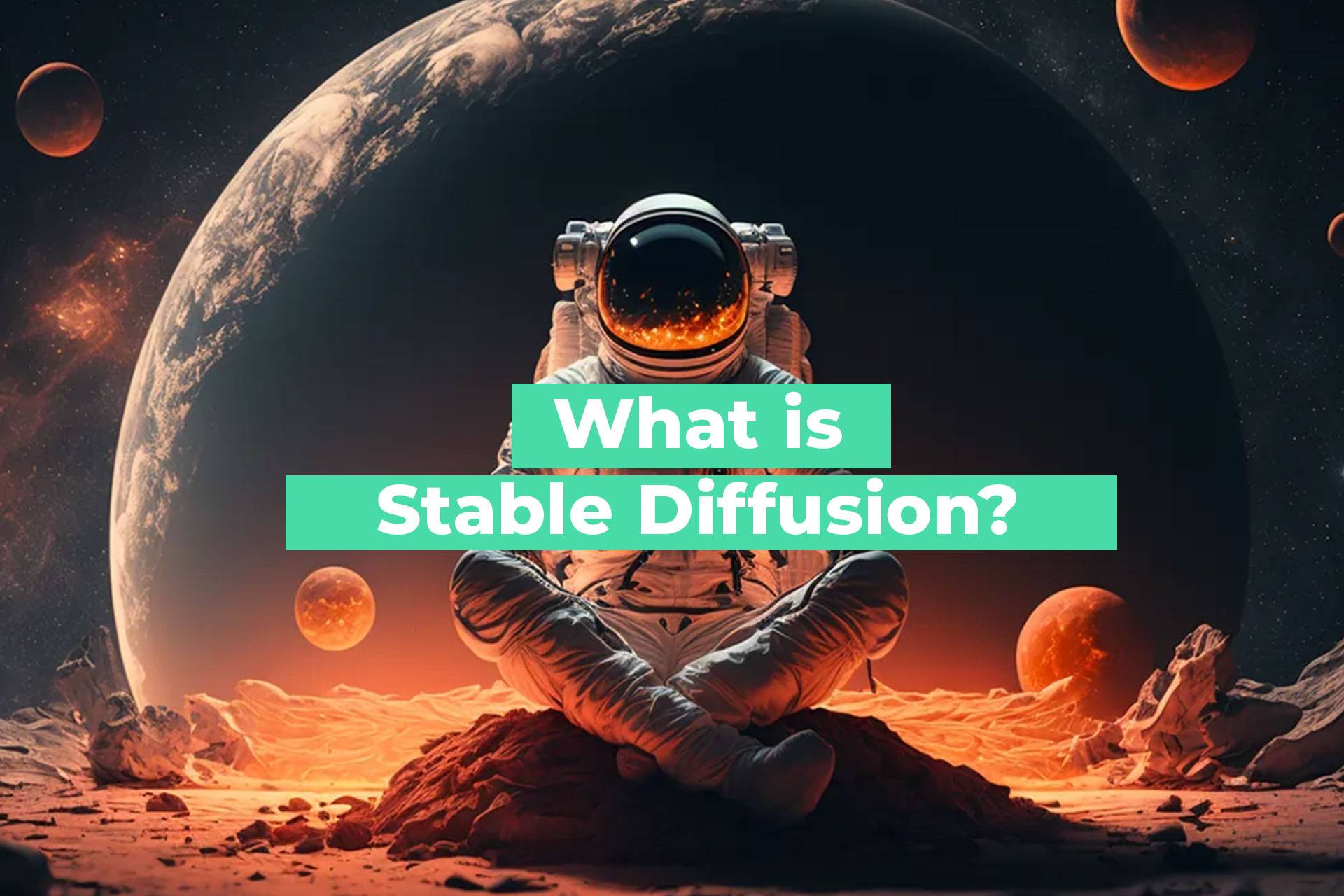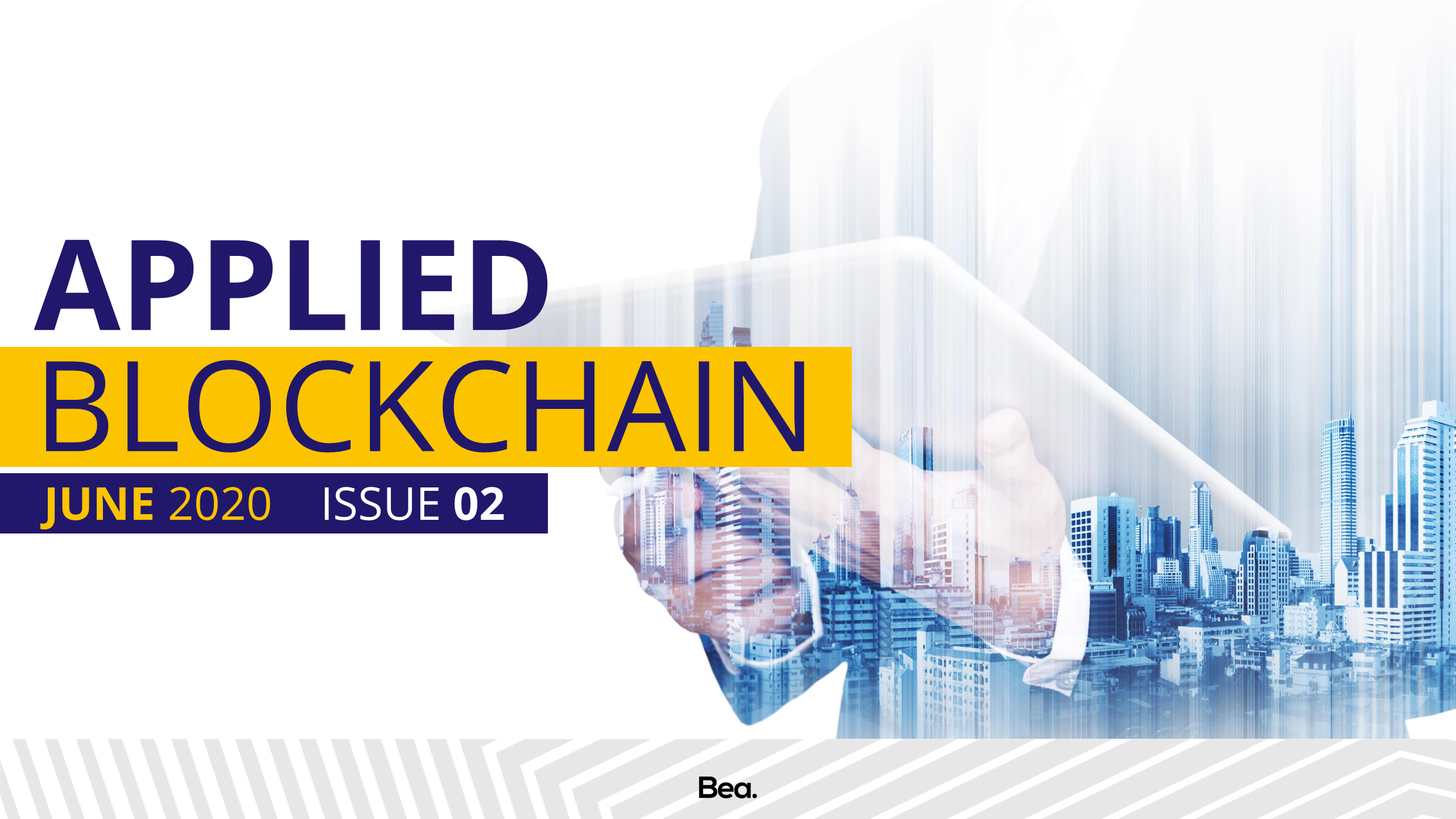How Content Marketing Must Adapt to Changing Consumer Behaviours
In the ever-evolving digital landscape, where consumer behaviours shift as rapidly as the technology that fuels them, content marketing stands at a crossroads.
Today’s consumer, empowered by an unprecedented access to information and new ways of interacting with brands online, demands more than just engagement—they seek personalized, meaningful interactions at every touchpoint. This seismic shift, accelerated by global events such as the COVID-19 pandemic, has not only transformed how people live, shop, and consume content but also how businesses must communicate to capture and retain consumer interest. As we delve into the dynamics of these changing behaviours, it becomes clear: for content marketing to thrive, it must evolve, adapting to new consumer expectations and technological advancements with agility and foresight.
Understanding Consumer Behaviour Shifts
The digital age has ushered in a new era of consumer behaviour. A report by McKinsey highlights a significant pivot towards online shopping, with global e-commerce experiencing a two-year growth in just two months at the height of the pandemic. This rapid change underscores a broader trend: consumers are increasingly seeking convenience, personalization, and immediacy in their interactions with brands. Additionally, a Pew Research Center study found that social media consumption has spiked, with nearly 72% of the public using some form of social media.
The preference for personalized content has never been more apparent. According to Epsilon, 80% of consumers are more likely to make a purchase from a brand that provides personalized experiences. Furthermore, mobile device usage continues to climb, with Statista reporting that over 50% of all website traffic now comes from mobile devices, emphasizing the need for mobile-optimized content.
The Impact of Technology on Content Marketing
Technology, particularly artificial intelligence (AI) and machine learning, is revolutionizing content marketing. AI tools enable marketers to analyze consumer data and predict behaviour, allowing for the creation of highly personalized content. Google’s algorithms now prioritize user experience, including the relevance and personalization of content, in their search rankings.
Video content’s dominance is also noteworthy. HubSpot’s “State of Marketing Report” indicates that video is the primary form of media used in content strategy, surpassing blogs and infographics. Moreover, the rise of live streaming, facilitated by platforms like Instagram and Twitch, has opened new avenues for real-time engagement with audiences.
Adapting Content Marketing Strategies for Today’s Consumers
To stay relevant in this rapidly changing environment, content marketing must adapt. Personalization is key. Utilizing data analytics to understand consumer preferences and behaviours allows marketers to create targeted, relevant content. Tools like CRM systems and data analysis platforms can help in segmenting audiences and delivering personalized messages at scale.
Omnichannel marketing has become essential. Consumers expect a seamless experience across all touchpoints, from social media to email to in-store interactions. Integrating content strategies across channels ensures consistency and enhances the consumer journey.
Interactive content is another area of growth. Quizzes, polls, and interactive videos can significantly increase engagement by encouraging active participation rather than passive consumption. This not only enhances user experience but also provides brands with valuable insights into consumer preferences.
Case Studies: Success Stories in Modern Content Marketing
One standout example is Spotify’s “Wrapped” campaign, which leverages user data to create personalized summaries of each user’s listening habits over the year. This campaign has been immensely popular, generating widespread engagement on social media.
Another example is Nike’s use of augmented reality (AR) in its sneaker launch campaigns, allowing consumers to visualize products in real-world settings through their smartphones. This innovative approach has enhanced online shopping experiences and driven sales.
Conclusion
The landscape of content marketing is continually evolving, shaped by technological advancements and changing consumer behaviours. Brands that embrace personalization, omnichannel marketing, and interactive content will be better positioned to meet the demands of today’s consumers. By staying adaptable, leveraging technology, and focusing on creating meaningful, personalized experiences, marketers can not only keep pace with these changes but thrive in the digital age.










